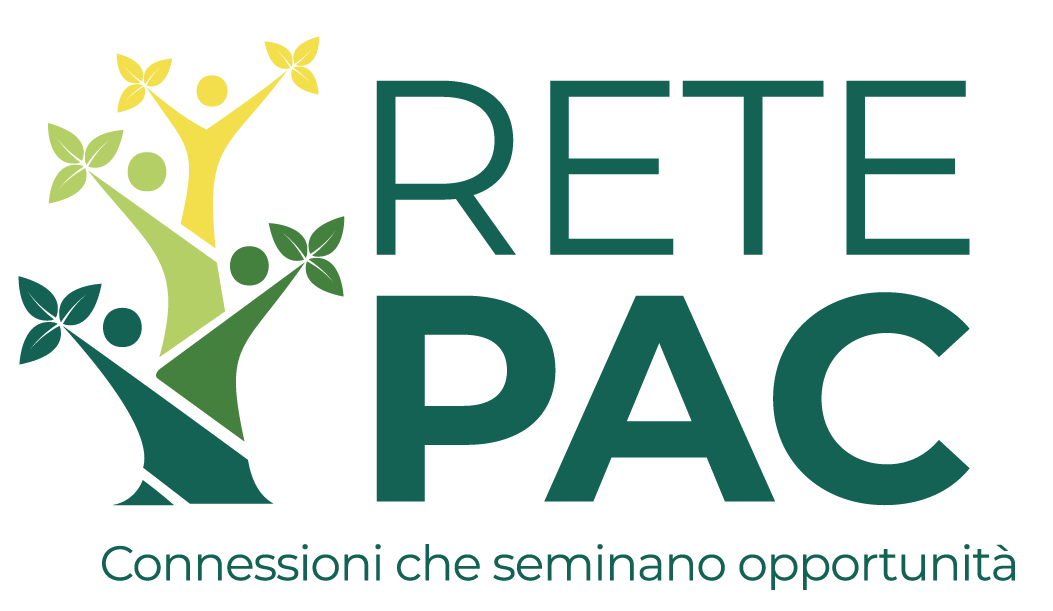Management of pruning cuttings
Field waste
Pruning is an essential olive grove practice and is the most costly cultivation operation after harvesting. On average, 10 to 30 kg of branches are removed from an adult olive tree per year depending on the structure and size of the trees.
The most common use for pruning cuttings is to spread them on the ground as fertiliser. This is one of the aims of the MOLTI project, for example; it deals with canopy and soil management and preparation for mechanisation, in order to fully exploit the trees’ production potential and reduce costs.
Circularity in olive cultivation can be achieved with the energy enhancement of olive pruning residue: the thickest branches are used as firewood or for the production of wood chips to fuel energy conversion plants.
Studies have also addressed the possibility of producing biochar (vegetable charcoal obtained as a by-product of the pyrolysis of different types of vegetable biomass, together with syngas, with a calorific value equal to LPG) from olive pellets, which could be added as a powerful soil conditioner to horticultural soils.
Management of oil mill residues.
The main by-products of olive mill processing are: liquid wastewater (liquid effluent), pomace (solid effluent) and core. In particular, vegetation wastewater and pomace can generate a high environmental impact if not managed properly.
Vegetation water the total quantity of which varies depending on the extraction method, consists of the liquid separated by centrifuging the oily must, the olive and plant washing waters, and the paste dilution waters that may be used in continuous plants.
Different purification systems (incineration, ultrafiltration, concentration, etc.) can reduce the polluting potential of the effluent, but these procedures are not affordable for most mills, which are mostly small, and, in any case, produce sludge that is difficult to dispose of.
Lagoon purification, on the other hand, although not requiring large investments, is hardly feasible due to the slow pace of the process and the production of unpleasant odours.
Virgin pomace is the solid residue produced by processing olives and consists of the fibrous part of the fruit, the stone, about 5% residual oil and an amount of water that varies depending on the extraction process. In the past, pomace was mainly sold to pomace factories for the production of pomace oil.
Nowadays, pomace can be used for fertilisation in open fields, for the creation of nursery plant substrates, for the production of energy and/or heat (the OLIOPIU’ project operates in this regard), for the production of animal feed (the SANSINUTRIFEED project addresses this approach to recover the “nutraceutical value” of feed derived from pomace, capable of improving the functional characteristics of milk and animal welfare) and for the recovery of bioactive compounds to be used in the food, cosmetic and pharmaceutical fields.


